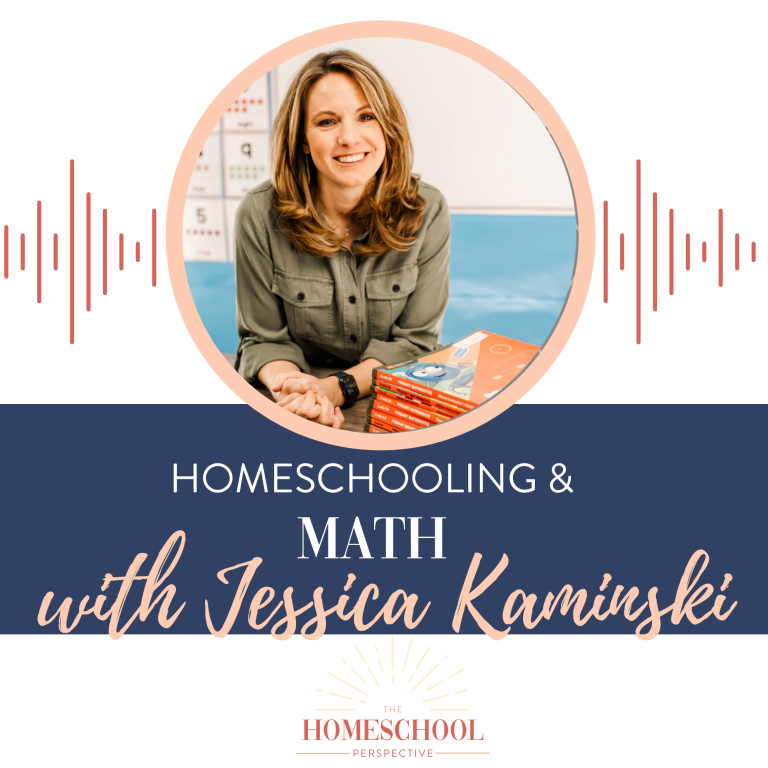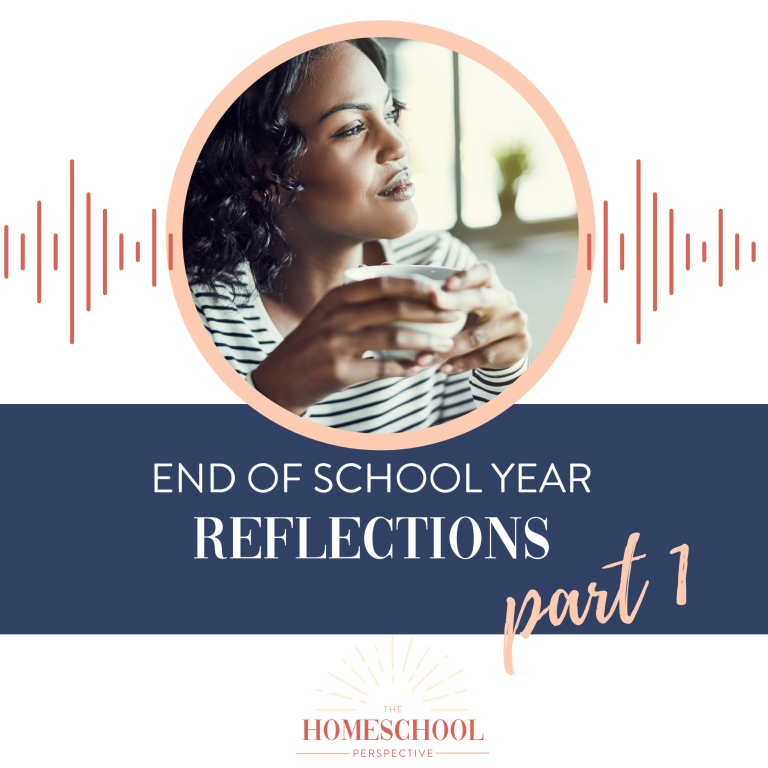Enjoying The Honeymoon Phase (& what to do when it’s over)
The start of a new homeschool year is always exciting. Freshly sharpened pencils, new curriculum, and eager students set the tone for the “honeymoon phase,” where energy is high and motivation abounds. However, as many experienced homeschool families know, this initial burst of enthusiasm often wanes.
The key question is: how do you prepare for the inevitable slump and ensure your homeschool experience remains joyful and sustainable?
Homeschooling is full of highs and lows, and understanding how to navigate these natural rhythms is essential for success. One approach many families adopt is recognizing the temporary nature of the honeymoon phase and planning accordingly.
One strategy is to organize the year into six- or seven-week terms with built-in breaks. This allows both parents and children to catch their breath, reset, and re-enter the learning environment refreshed.
Additionally, structuring school weeks to include rest days can help prevent burnout. For instance, many families choose to adopt a four-day school week, reserving the fifth day for rest, exploration, or household catch-up.
There is also the importance of creating a rhythm that works for your family. Some families plan to tackle more intensive academic work at the beginning of the year when motivation is highest, while recognizing that natural valleys will come as the year progresses. Accepting this flow helps relieve the pressure of constantly maintaining that first-week energy.
One often-overlooked aspect of this process is the emphasis on connection. During the honeymoon phase, children are not just excited about their subjects—they’re eager to connect with their parents and soak up the joy of learning together. Research suggests that building these early connections through positive learning experiences can impact a child’s education for years to come. While the buzz of new knowledge provides short-term excitement, long-term engagement comes from the deeper bond established through time spent together.
It’s easy to get caught up in the idea of filling the school day with as many activities as possible during this phase. However, the goal isn’t to do more, but to do things that cultivate joy, curiosity, and a sense of togetherness. Parents are encouraged to lean into this phase by building connections, sharing experiences, and creating a sustainable routine that carries them through the inevitable ebbs and flows.
Finally, one essential lesson for homeschool parents is that they have the freedom to make their homeschool work for them. Whether that means adjusting a curriculum to fit a child’s learning style or changing the structure of the week, homeschool parents are reminded that they are the leaders of their educational environment. The flexibility to try new things, adapt, and pivot when necessary is what makes homeschooling a truly customizable experience.
The honeymoon phase in homeschooling is a wonderful time, but it doesn’t last forever. By creating systems and rhythms that honor both the excitement of learning and the need for rest, families can ensure their homeschool journey remains enriching and enjoyable—long after the novelty of the new year has worn off.






